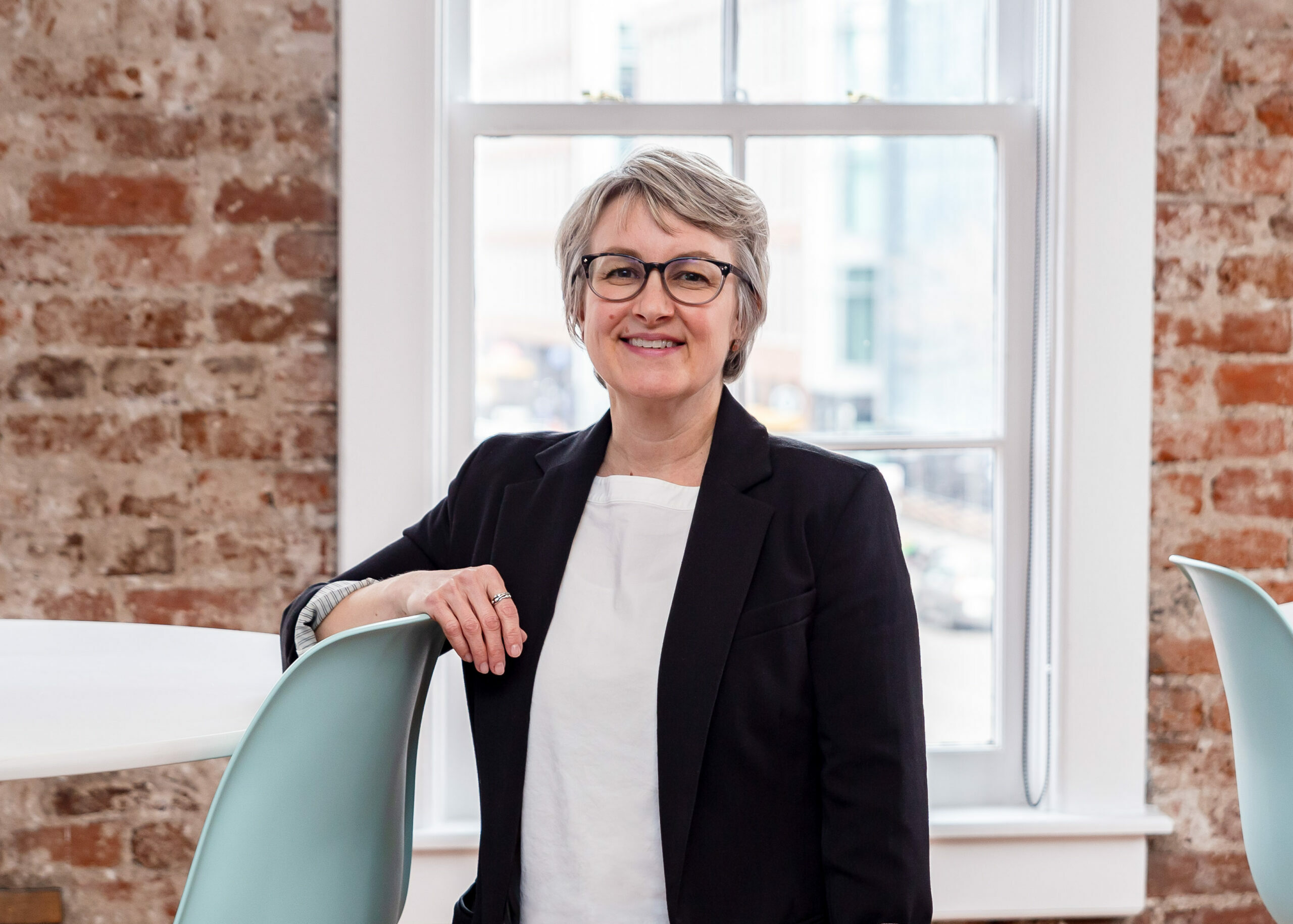Aimee LaLone, AIA, LEED AP, BD+C, serves as a principal and founding member of the Colorado Office of Wold Architects and Engineers, a full-service planning, architecture and engineering firm in Denver, and one of the top 10 architecture and engineering firms in the state.
In 2009, after only five years at Wold’s St. Paul office, Aimee moved to Denver to establish a new territory for the growing firm. Over the last decade, she has helped cultivate the location’s identity and culture while simultaneously integrating elements from Wold’s other offices. Under her leadership, the Denver office has grown to include 30 local architects, engineers and planners specializing in education and government design. Aimee helps lead the strategic thinking, assessment, coordination and milestone tracking for both educational and government projects across the state of Colorado. Her expertise ranges from facilities and long-range planning to complex renovations, additions and new facilities.
1. What sparked your interest in architecture?
As a child, my parents designed and built our family’s house. That’s something not many people can say! Going through this experience early in life opened my mind to how the spaces we live and work in are all completely human-made, making architecture and design much more approachable. That experience was also a great example of how the design of spaces can make life easier (or harder) for those who use them.
2. Tell us about your specialization/area of expertise.
While I’m involved in many aspects of projects from start to finish, I really enjoy early project conceptualization and planning with public organizations. A big piece of this process involves carving out time to facilitate conversations amongst all stakeholders, including community members, to best understand every aspect of their facility needs, along with their long-term
vision and goals for each project.
3. What’s something people might not know about this area of design?
This area of design requires curiosity. There is no one-size-fits-all facility, which is why it’s so important we invest the necessary time to learn about the needs of our clients. To best serve them, we must understand their organizations and communities. Each project approach and design solution must be as unique as the client itself.
4. How do you gain a clear understanding of each client’s needs and wants?
It’s important to always be open to learning. Unique situations often arise during each project, and knowing how to look outside the box for innovative solutions helps ensure the best options are developed. We also include diverse voices and community members in the planning process to ensure all perspectives and facility uses are considered.
5. How would you describe your design approach?
My design approach is rooted in the experiences I’ve gained and lessons learned throughout my career, while simultaneously being open-minded to the unique perspectives of facility users and stakeholders. For me, a successful design experience includes facilitating meaningful conversations with all parties involved in the project so that we can develop creative solutions
together.
6. What are some of the most interesting projects you’ve worked on recently or are currently working on?
Many projects and their respective organizations are looking to create greater flexibility in their work environments, improve their overall service delivery, and prepare for the ever-evolving technology of the future as a result of the current market and pandemic. We are often asked how we make spaces where people can effectively conduct business and remain accessible for
all members of the community, with greater use of technology, and varied means of interaction and communication. Our work with the Town of Erie on their Town Hall expansion is a great example of this. We are remodeling the 100-year-old building and developing an addition to create a new environment for public customer service and staff efficiency and well-being. This
building is on the National Register of Historic Places, and our mission is to make these necessary updates while honoring the historical context of the facility.
7. What keeps you engaged and excited to come to work each day?
I love being involved in planning discussions when the outcomes are initially unforeseeable. By integrating all organizational voices in the planning process, we can determine holistic outcomes, which is a process that fuels my passion as an architect. I also enjoy working with diverse design, owner, and construction partner teams to learn their varied perspectives and, in turn, share mine.









